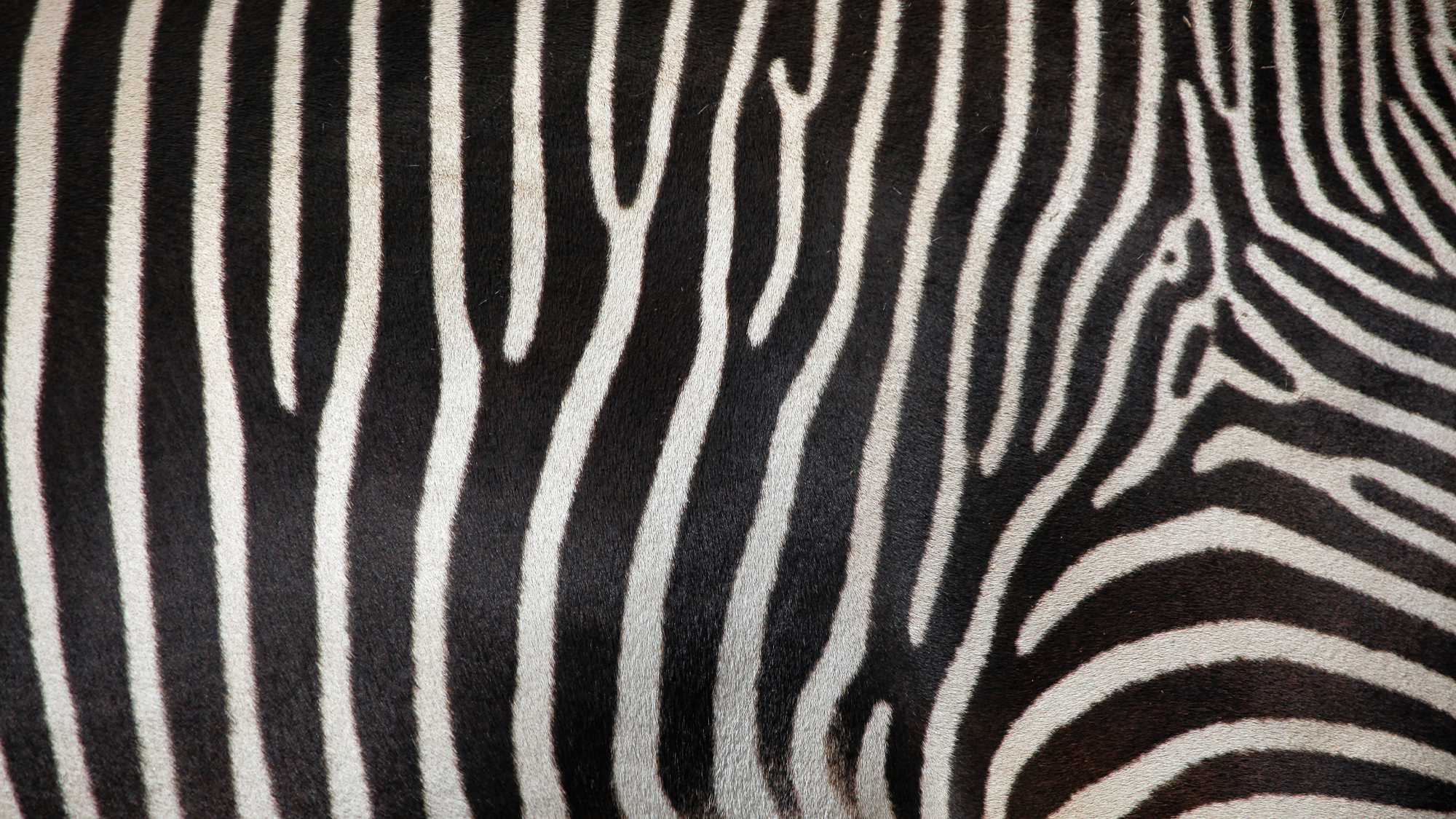

In nature, patterns of chemical interactions between two different substances are believed to govern the designs our eyes see—for example, a zebra’s stripes. These stripey designs are governed by a mathematical basis that is potentially overseeing another completely unrelated thing—the wavy patterns formed by sperm’s motion. According to a study published September 27 in the journal Nature Communications, the same mathematical theory could traverse both.
[Related: Monarch butterflies’ signature color patterns could inspire better drone design.]
To understand the connection, we need to go back more than 70 years. The wavy undulations of a sperm’s tail—or flagella—make striped patterns in space-time. These patterns potentially follow the same template proposed by mathematician Alan Turing, one of the most famous scientists of the 20th century. Turing is most well-known for helping crack the enigma code during World War II and ushering in a new age of computer science, but he also developed a theory informally called the reaction-diffusion theory for pattern formation. This 1952 theory predicted that recognizable patterns in nature may appear spontaneously when chemicals within the objects or organisms diffuse and then react together.
While this theory hasn’t been well proven by experimental evidence, Turing’s theory sparked more research into using reaction-diffusion mathematics as a way to understand natural patterns. These so-called Turing patterns are believed to govern leopard spots, whorls of seeds in sunflower heads, and even patterns of sand on the beach.
In this new study, a team from the University of Bristol in England used Turing patterns as a way to look at the movement of sperm’s flagella and vibrating hair-like cells called cilia.
“Live spontaneous motion of flagella and cilia is observed everywhere in nature, but little is known about how they are orchestrated,” study co-author and mathematician Hermes Gadêlha said in a statement. “They are critical in health and disease, reproduction, evolution, and survivorship of almost every aquatic microorganism [on] earth.”

Flagellar undulations are believed to make stripe patterns in space-time, in the form of the waves that travel along the tail to drive the sperm forward when it is in fluid. To look deeper, Gadêlha and his team used mathematical modeling, simulations, and data fitting to show that wavy flagellar movement can actually arise spontaneously without the influence of the fluid in their environment. According to the team, this is mathematically equivalent to Turing’s reaction-diffusion system that was first proposed for chemical patterns over 70 years ago.
For the swimming sperm, chemical reactions of molecular motors power its tail and the bending movement diffuses along the tail in waves. The fluid itself is playing a very minor role on how the tail moves.
[Related: The genes behind your fingerprints just got weirder.]
“We show that this mathematical ‘recipe’ is followed by two very distant species—bull sperm and Chlamydomonas (a green algae that is used as a model organism across science), suggesting that nature replicates similar solutions,” said Gadêlha. “Traveling waves emerge spontaneously even when the flagellum is uninfluenced by the surrounding fluid. This means that the flagellum has a fool-proof mechanism to enable swimming in low viscosity environments, which would otherwise be impossible for aquatic species. It is the first time that model simulations compare well with experimental data.”
The findings of this study could help understand fertility issues associated with abnormal flagellar motion, diseases caused by ineffective cilia, and be applied to robotics. Other models in nature may exist that could provide further experimental proof of Turing’s template, but more research is needed.
